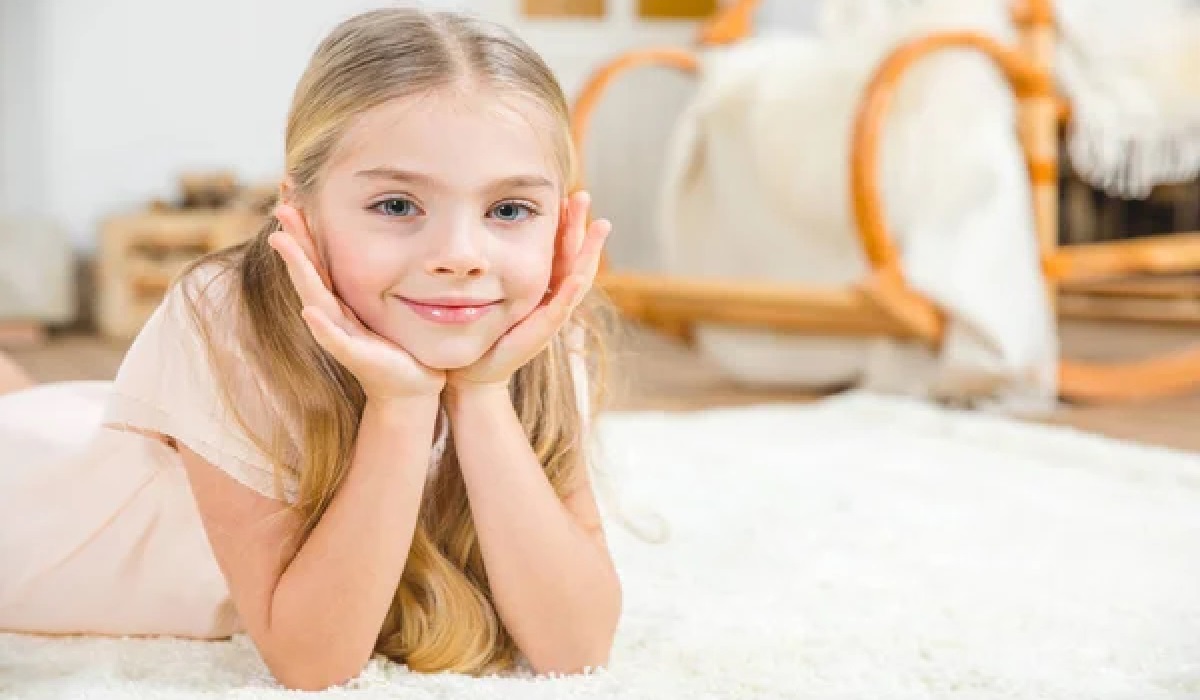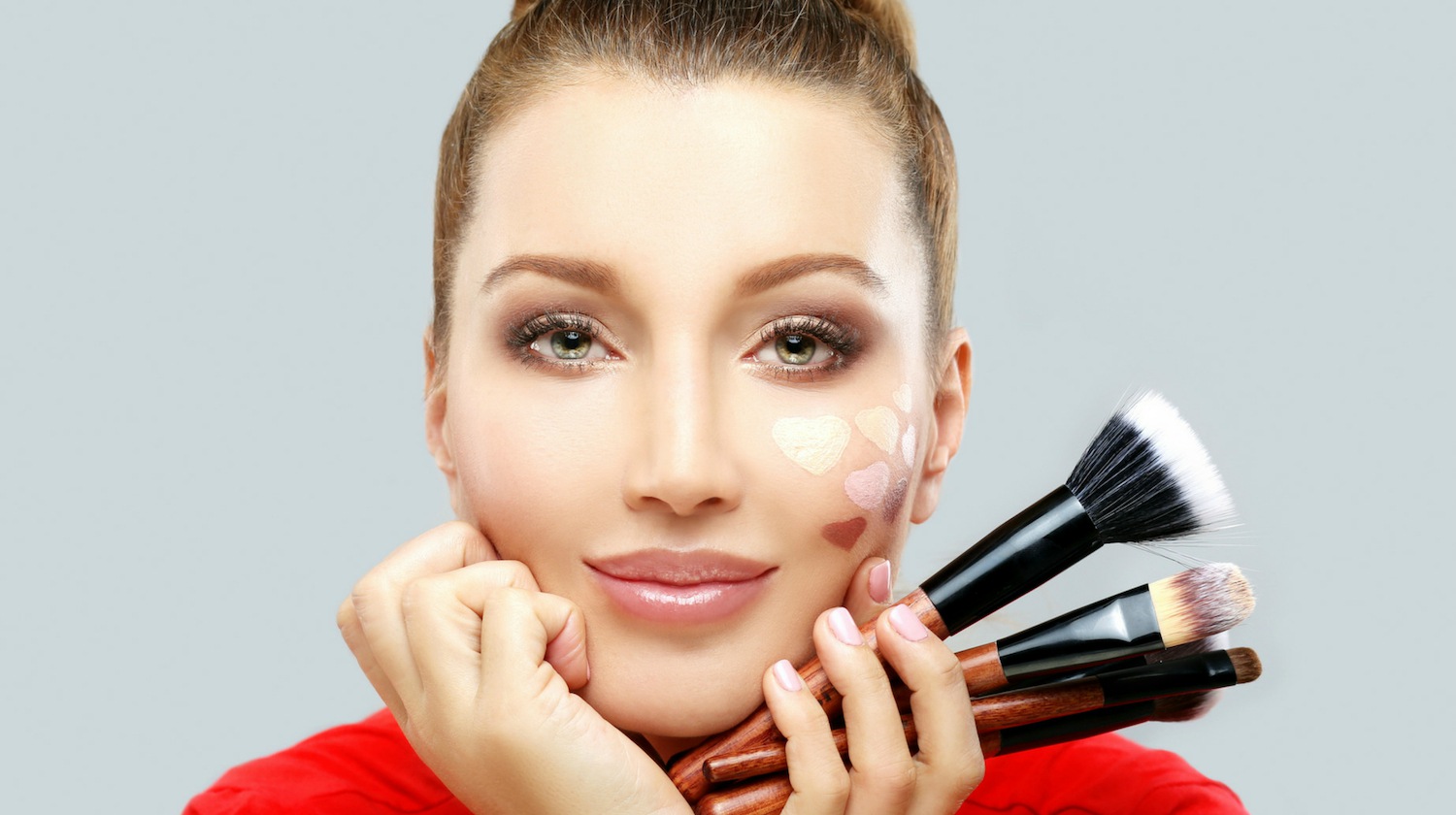
Gel nail polish has revolutionized the world of manicures, offering long-lasting color and a glossy finish. However, the time eventually comes when you need to remove your gel nail polish to refresh your nails or switch up your look. While salon visits are a common option, learning how to remove gel nail polish at home can save you time and money. In this comprehensive guide, we will walk you through the step-by-step process of safely and effectively removing gel nail polish at home, ensuring that your nails stay healthy and pristine.
Understanding Gel Nail Polish
Gel nail polish differs from traditional nail polish due to its unique formula and the curing process involved. Gel polish is applied in layers and cured under a UV or LED lamp, resulting in a durable and chip-resistant finish that can last for several weeks.
Tools and Supplies You’ll Need
Before you start the gel nail polish removal process, gather the following tools and supplies:
- Acetone (preferably 100% pure)
- Cotton balls or cotton pads
- Aluminum foil or nail clips
- Cuticle pusher or orange stick
- Nail buffer or file
- Nail oil or cuticle cream
- Hand cream or moisturizer

Step-by-Step Guide to Removing Gel Nail Polish at Home
Step 1: Prep Your Workspace
Choose a well-lit and comfortable space to work in. Lay down a towel or a disposable surface to catch any spills or drips.
Step 2: Buff the Shine
Using a nail buffer or a gentle nail file, lightly buff the surface of your gel nails. This step helps break the seal of the topcoat, allowing the acetone to penetrate and dissolve the gel polish more effectively.
Step 3: Soak Cotton Pads
Cut your cotton pads or cotton balls into pieces that are large enough to cover your nails. Soak them in acetone until they are fully saturated.
Step 4: Apply Cotton and Foil/Clips
Place the soaked cotton on your nails, ensuring that the entire nail surface is covered. Then, wrap each fingertip with a small piece of aluminum foil or use nail clips to secure the cotton in place. This creates a sealed environment that helps the acetone work more efficiently.
Step 5: Wait and Relax
Wait for about 10-15 minutes, allowing the acetone to soften the gel polish. Use this time to relax, catch up on a book, or simply enjoy a quiet moment.
Step 6: Gently Remove the Gel Polish
After the soaking time, carefully remove the foil or clips and the cotton from your nails. You’ll notice that the gel polish has started to lift and peel. Use a cuticle pusher or an orange stick to gently push away the softened gel from your nails. Be patient and avoid scraping or prying too aggressively, as this could damage your natural nails.
Step 7: Hydration and Nourishment
After removing the gel polish, wash your hands with soap and water to remove any residue. Apply a nourishing cuticle oil or cream to replenish moisture to your nails and cuticles. This step helps counteract the drying effects of acetone.
Step 8: Moisturize
Finish the process by applying a rich hand cream or moisturizer to your hands and nails. This helps keep your skin hydrated and supple.
Learning how to remove gel nail polish at home can be a game-changer for your nail care routine. By following these step-by-step instructions and expert tips, you can safely and efficiently remove gel polish, revealing clean and healthy nails. Embrace the process as a moment of self-care, and enjoy the satisfaction of giving your nails a fresh start for your next manicure adventure.








